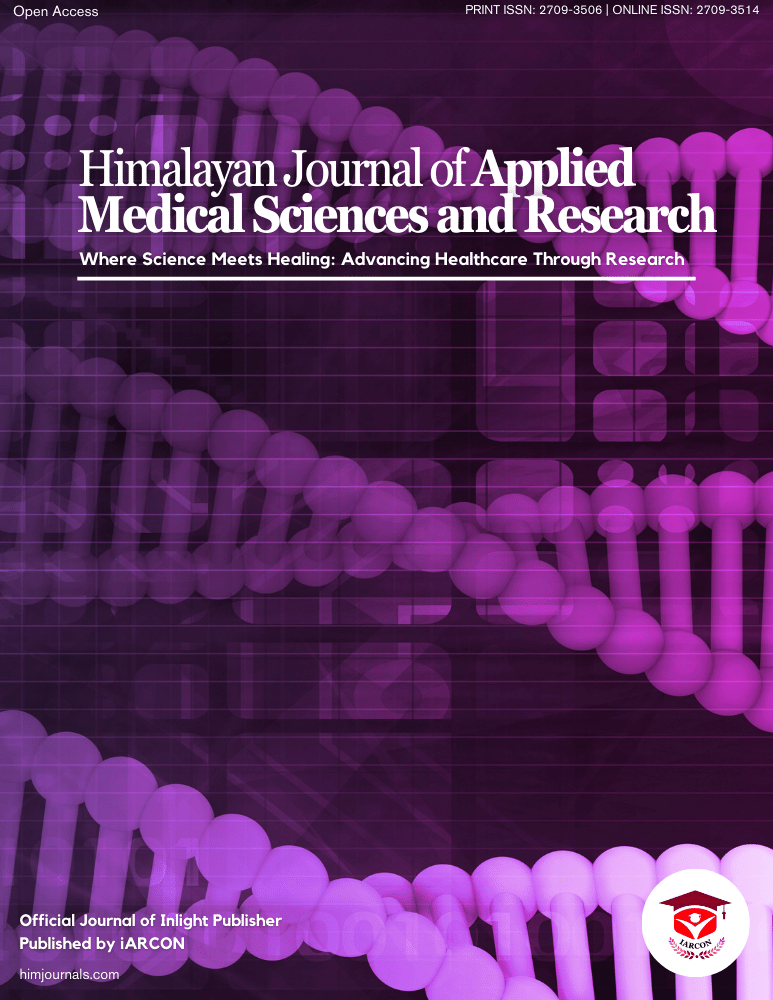The largest endocrine gland in the human body is believed to be the thyroid gland, which is located in the front of the neck. It creates and releases thyroid hormones, significantly impacting protein synthesis and basal metabolic rate (BMR). Additionally, these hormones are crucial for maintaining adults' healthy physiological functioning as well as children's and teenagers' developing neurocognitive abilities.[1-3]
Thyroid problems include thyroid gland hypertrophy and thyroid hormone over- or under-secretion. Thyroid disorders can be either primary (having a direct connection to the gland) or secondary (thyroid dysfunction due to other factors). These infections have been reported in more than 110 countries, putting 1.6 billion people at risk.[4,5].Thyroid dysfunction is one of the most common medical conditions in the globe. If thyroid disorders are not treated, they may negatively affect a patient's quality of life. The condition's nature significantly impacts the clinical signs and symptoms of a thyroid issue, which can influence numerous physiological systems. Furthermore, because the bulk of the symptoms is not specific, thyroid disorders can be easily neglected or confused with other medical conditions.[6,7]
Being one of the most under-diagnosed and neglected medical problems, thyroid diseases, the lack of general information among patients may be of significant concern. The problem can be understood by many people who have thyroid dysfunction but are unaware of it. Most patients will likely go undiagnosed if the thyroid gland and the patient's symptoms are not understood.[8-10]
In Punjab, there aren't many studies that look at people's general knowledge about thyroid issues. As a result, this study aims to determine how knowledgeable the people of Punjab are about the signs, danger signs, and safety precautions related to thyroid issues.
Objectives of the Study
To evaluate the awareness regarding Thyroid Disorders, their symptoms, risk factors, and preventive measures among the General Population of Punjab.


